Laboratory Service
Concrete Compressive Cube Testing
Concrete cube testing is a simple, cost-effective test to prove the compressive strength of hardened concrete.
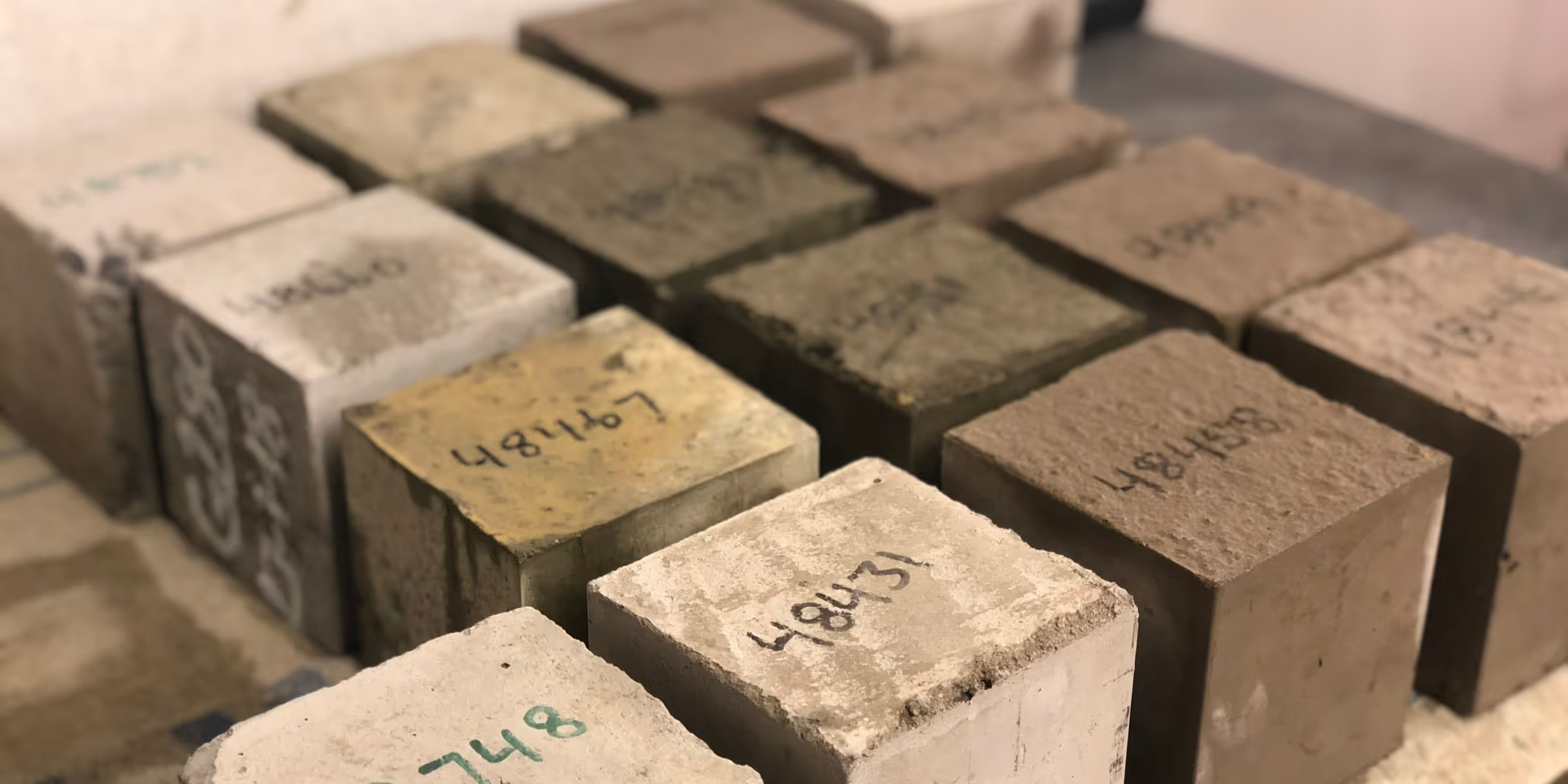
Concrete cube testing is an essential aspect of quality assurance in the UK construction industry. It ensures that concrete can withstand the necessary compression forces through exacting quality standards. In accordance with BS EN 12390:3-2019, this test is crucial for proving structural integrity and safety, promoting durability, and preventing costly project delays caused by cube strength failures. UKAS-accredited testing laboratories, such as Omega, ensure the reliability and accuracy of your test results.
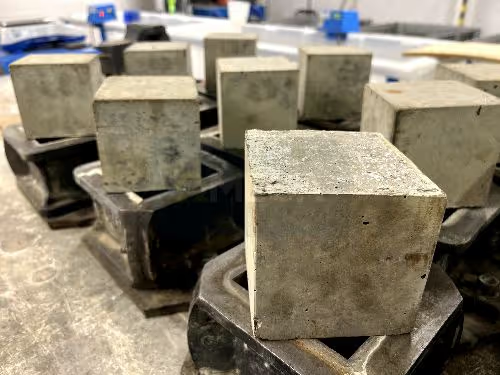
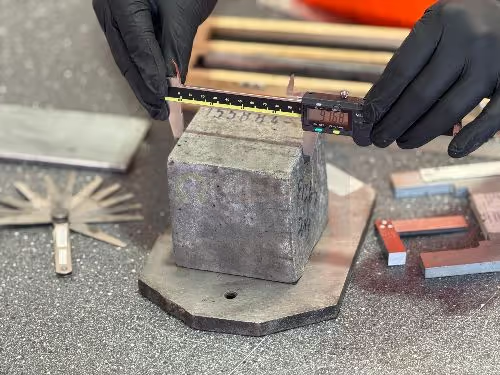


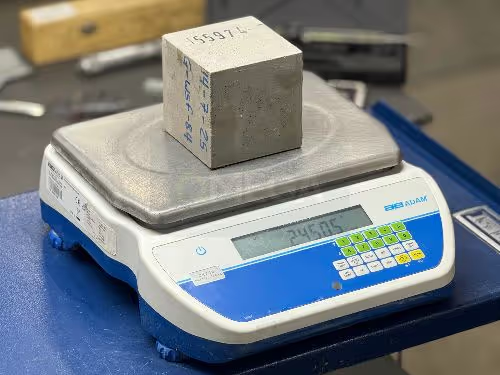

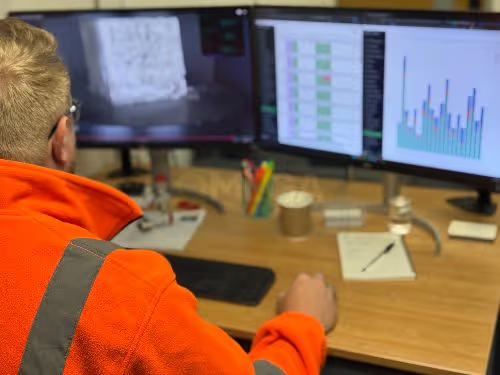
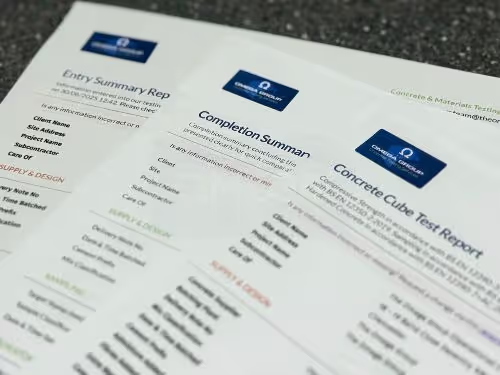
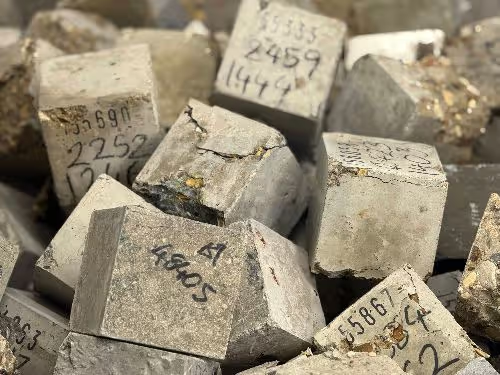
We're delighted with the quality of service on both fresh and hardened concrete. I highly recommend Omega to other ready-mixed concrete producers or contractors...
We've been using Omega for concrete testing for over a year. They deliver great service with punctual sample collection, quick test reports, and fantastic customer service...
We have worked with Omega for over ten years and use them on all of our wind turbine projects. I'm always impressed with their professionalism and level of service...
A very professional approach. Five star communication, site and laboratory services, test reports and aftercare...
Yes, we are fully accredited by UKAS for compressive cube testing. You can view our accreditation details on our UKAS accreditation section or directly on the official UKAS website by searching for The Omega Group (Operations) Limited.
Yes. We offer nationwide collection, conducting weekly runs across the UK and arranging specific collections as needed. Our insured technicians ensure the safe and prompt delivery of your samples to our laboratory for immediate, temperature-controlled curing.
Absolutely. You are welcome to deliver samples directly to our laboratory between 9:00 a.m. and 5:00 p.m., Monday to Friday. Please clearly mark them for "Goods In" at Units 18-19 Baird Close, Drayton Fields Industrial Estate, Daventry, Northamptonshire, NN11 8RY.
We email detailed PDF test reports on the same day the cubes are tested, 99.9% of the time. Delays are rare and typically occur only due to external email delivery issues.
Yes. Cubes that are 28 days old or older and have not met the target strength are stored in a separate, controlled area for 31 days before disposal. Cubes tested at 7 or 14 days are discarded immediately after testing unless otherwise requested.
Due to the large volume of samples processed daily, we cannot retrieve any that have been disposed of.
All crushed and tested concrete cubes are collected by a licensed waste management company. The material is further processed and recycled for use in other construction projects, supporting our commitment to sustainability.
Yes. Our advanced compressive testing machines can handle cubes of up to 3,000 kN, making them suitable for high-strength applications such as precast and infrastructure projects.
Yes, we can send test results directly to your consultant or any designated contact, ensuring fast communication and project transparency.
This popular option allows your consultant to generate CUSUM reports easily, streamlining the quality assurance process without requiring you to forward results.
The standard testing ages for concrete are 7, 14, and 28 days, with 28 days serving as the industry benchmark for assessing final strength. Many clients also request a spare cube for additional verification if needed or in circumstances when the 28 day cube doesn't achieve it's target strength.
It is common to create two 28-day concrete cubes. If one of the 28-day cubes fails, we retain the second cube and will only proceed with further testing upon your instruction.

Concrete cube testing is a crucial and cost-effective method for determining the compressive strength of hardened concrete, ensuring the strength, safety and durability of structures through rigorous quality standards.
A range of professionals, from small builders to large contractors, use concrete cube testing. Its widespread application highlights its importance in guaranteeing quality and suitability across various scales, applications, and projects.
Structural Assurance
Compliance with Standards
Identification of Potential Weaknesses
Using a UKAS-accredited laboratory for concrete cube testing ensures compliance with British or European standards, as well as impartiality, trust and competence. Such assurances lead to high-quality testing procedures being followed, resulting in better service and more concrete results, which in turn reduce project risks related to time and cost.
Impartial Results: There is no conflict of interest.
Highest Compliance: Meet stringent BS or EN standards.
Reliable Expertise: Skilled, trained laboratory technicians.
Increased Trust: Confidence in test results to BS EN 12390.
Peace of Mind: Confirms alignment with industry standards.
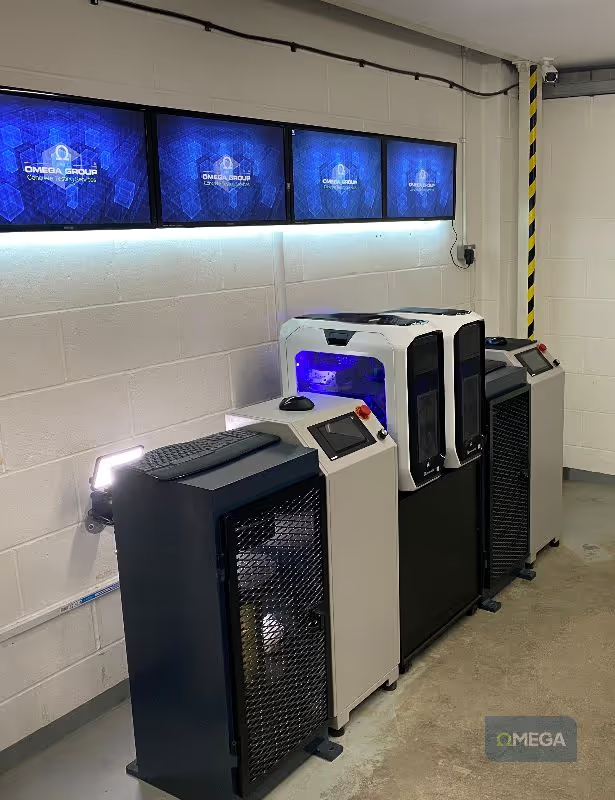
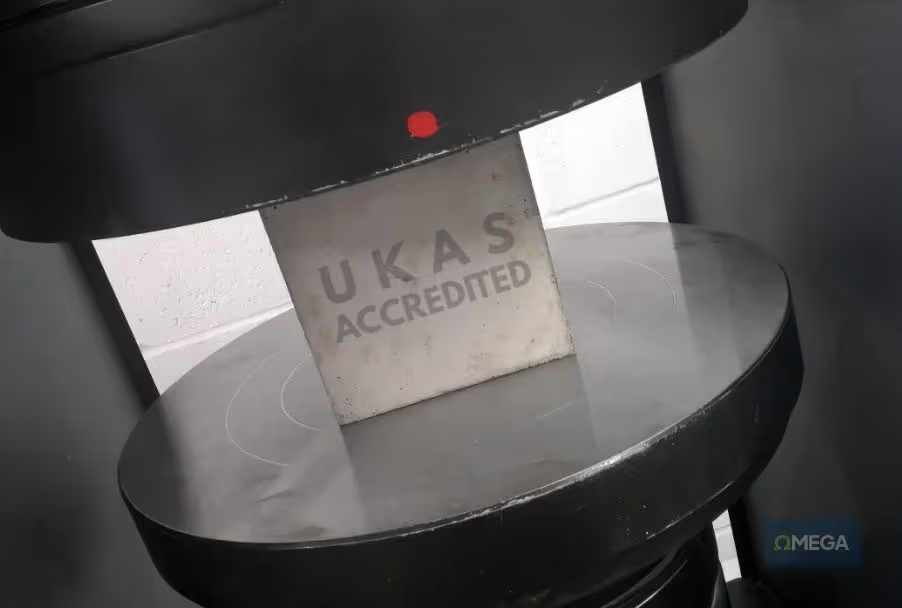
The Omega Group is a leading independent concrete and materials testing laboratory based in the Midlands, UK. We take pride in delivering high-quality testing services and providing exceptional customer support. We see ourselves as an extension of your team, not just an external testing company.
We offer a range of UKAS-accredited on-site testing of fresh concrete, as well as laboratory-based testing of hardened concrete.
We record high-definition video and photographs of each compressive cube test using our specialised, in-house world-first technology. As continuous pressure is applied to the cube sample, live information, such as load (kN), stress (MPa), and time(s), can be viewed in real-time.
The visual details, including stress fractures and anomalies, enable the identification of the moment and type of failure, which has been crucial time and again, allowing for post-analysis playback after the cube test is completed.

.avif)
We are an ISO/IEC 17025:2017 accredited laboratory, which demonstrates our technical competence in various areas. We are UKAS-accredited for certain concrete and materials testing and undergo an annual audit by a UKAS assessment manager.
We consistently train and develop our technicians to perform technical testing activities to the highest standards. Our training approach utilises rigorous methods to ensure consistent quality and reproducible results. You can trust that you are in excellent hands with Omega.
Please visit our accreditations page for more information.
Please share as many details as possible. This allows us to deliver a precise, competitive quote — usually within 60 minutes during office hours.
Not entirely sure and need advice and guidance? Contact our friendly team, and let's find the solution you need together.
Complete this Quick Quote form.
Call us: +44 01327 552077
WhatsApp us: +44 07788 200320
Email us: team@theomegagroup.co.uk